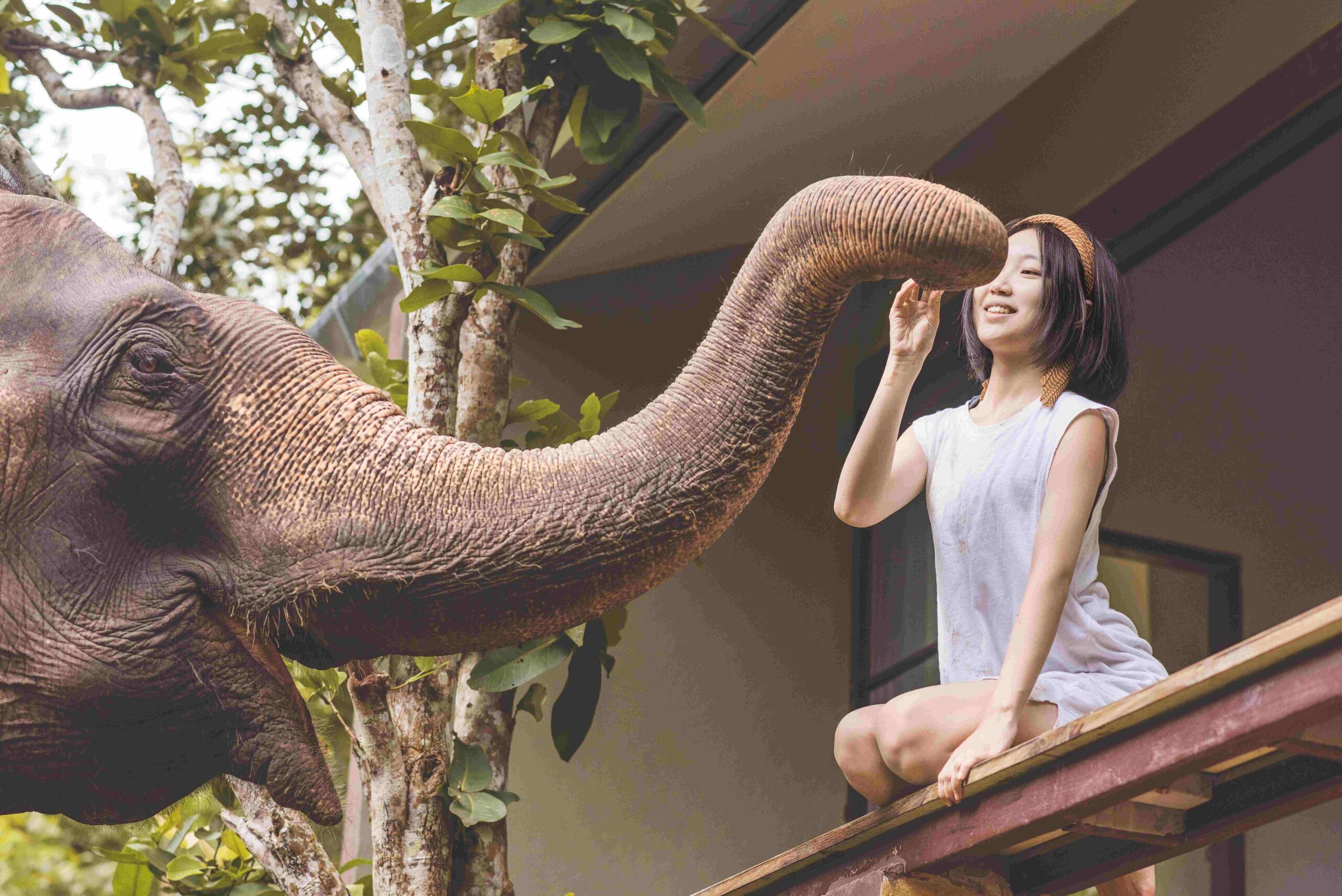If you love to see animals play, then you might want to spend some time at the Bali Zoo.
You can see lions, tigers, deer, elephants and much more! We’ve got a full guide to the park including location, prices, etc. we’ll also tackle the thorny question of the ethics of a visit before you book.
Where Is Bali Zoo?
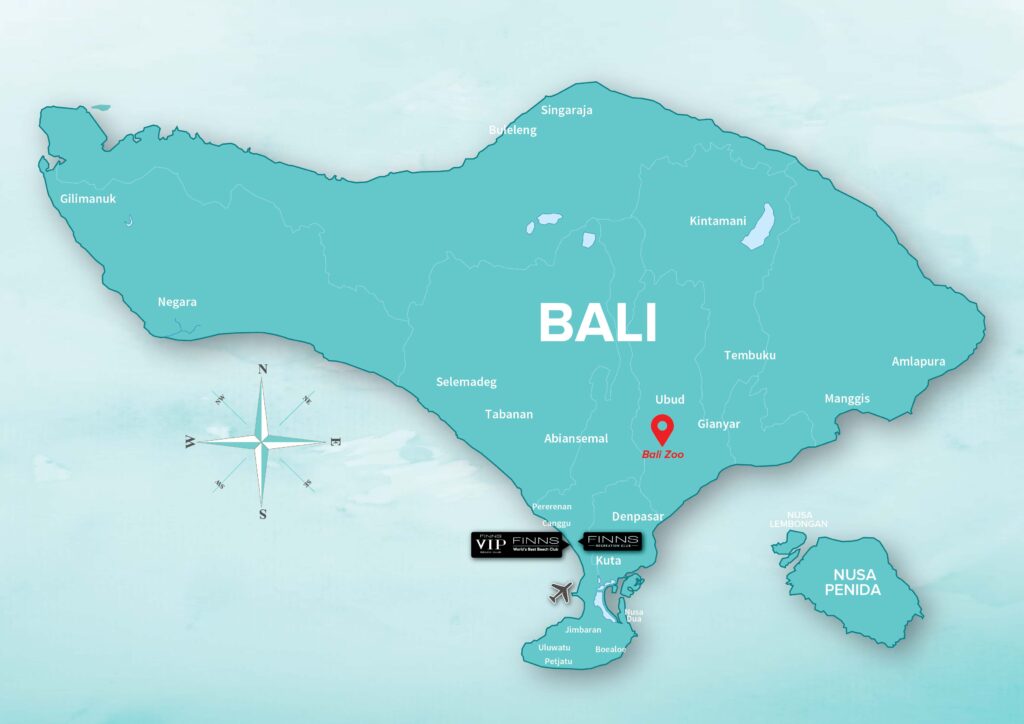
The park is in Sukawati which is a short drive from Denpasar and not too far from the main beach towns of Canggu, Kuta, Legian and Seminyak and relatively close to Ubud too.
Address: Jl. Raya Singapadu, Singapadu, Kec. Sukawati, Kabupaten Gianyar, Bali 80582, Indonesia
Online: Bali Zoo
How To Get To Bali Zoo?

You can take a Grab or Gojek easily to the park, but you may find that it’s a bit more challenging to get a ride home again.
So, we’d organize the return trip with your driver to ensure that after a day of fun, you’re not standing around in the heat trying to find a ride-share.
Alternatively, you could rent a private car and driver for the day. This isn’t expensive and comes to around 500,000 IDR a day (that’s about $30 USD to $50 AUD) and includes the car, driver and petrol.
That will also mean if you want to see any other attractions in the area around the park, you can do so without incurring any additional transport costs.
When Is The Best Time To Go To The Bali Zoo?
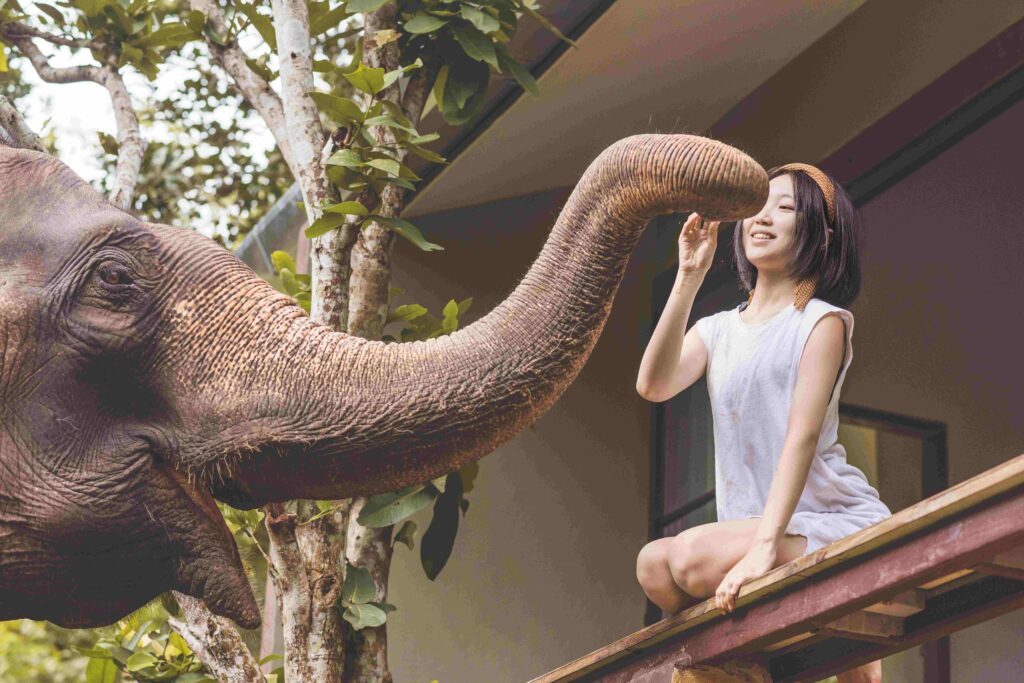
The park is open all year round and you will have a great time no matter the season.
However, if you want to stay cool and avoid the crowds, aim to get there in the morning as by the early afternoon it’s getting hotter and less comfortable, the park closes in the early evening, so it’s easier to walk around and see everything if you arrive in the morning too.
What Are The Opening Hours Of Bali Zoo?

The zoo is open from 9 a.m. to 5 p.m. every day of the week, though these hours are subject to change on public holidays and it’s worth calling ahead to find out when the park is open on these days.
As with every attraction in Bali, it’s closed on Nyepi Day, the Hindu day of silence. This falls in March/April each year and even the airport closes for this important religious festival.
How Much Are The Tickets?

This is a complicated question as there are various packages, etc. in addition to basic entry tickets.
The price of an Adult ticket is 395,000 IDR (that’s about $30 USD or $40 AUD) and a child’s ticket is 280,000 IDR (that’s about $20 USD or $28 AUD).
However, there are discounts available on these tickets throughout much of the year.
Breakfast With Orangutans
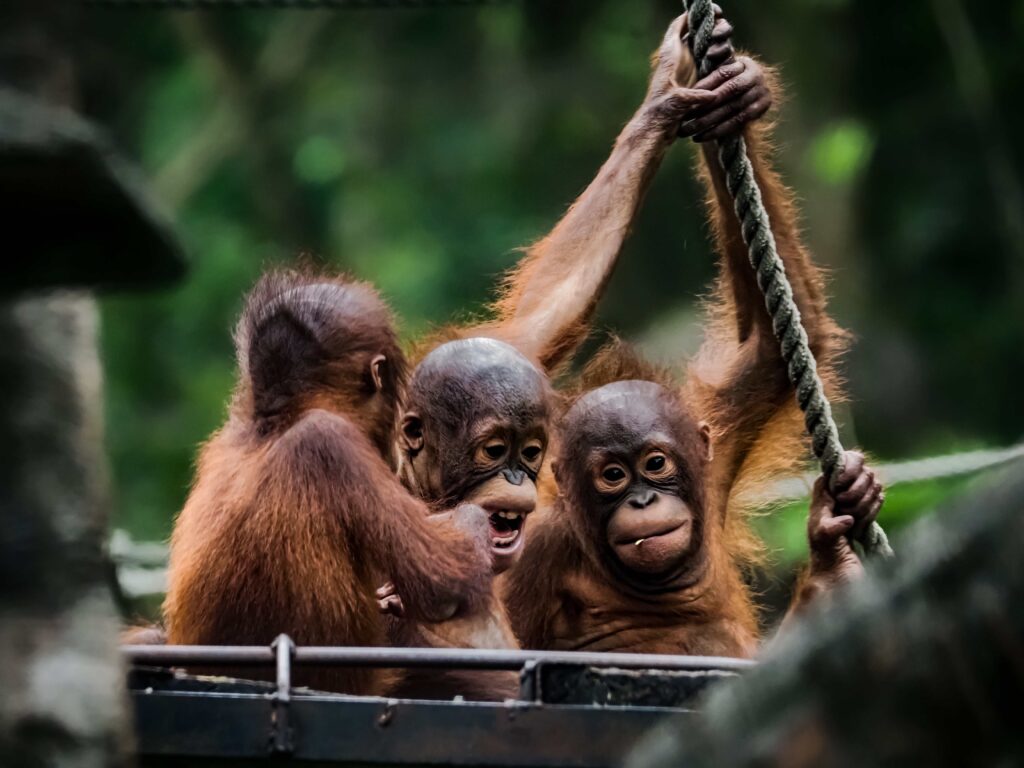
This is one of the most popular programs at the park and it means your family can enjoy a breakfast while being very close to the orangutans.
You will be pleased to learn that you are not allowed to physically interact with the creatures and each orangutan is allowed to enjoy itself while you dine.
The entry fee for this program includes admission to the zoo, your breakfast, access to the animal encounter and show, jungle splash waterplay and insurance.
The price of the tickets is 775,000 IDR per adult (that’s about $50 USD or $77.50 AUD) and 545,000 IDR per child (that’s around $40 USD and $55 AUD).
Again, this program may be offered at a discount depending on when you come to the park.
Bali Explorer Program
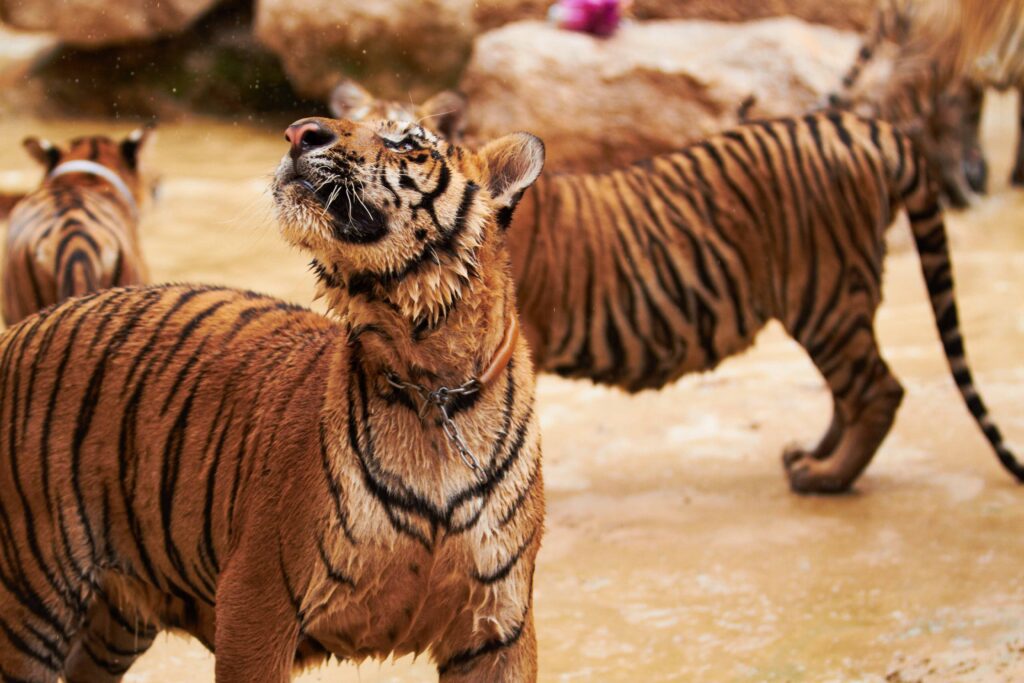
This is a program where you get to feed various animals and go behind the scenes of the park.
You may get closer to the tigers, lions, elephants, etc. than other visitors do but it’s all safe and cool fun for your family.
The ticket prices are 875,000 IDR for an adult (that’s about $60 USD or $87.50 AUD) and 610,000 IDR for a child (that’s about $40 USD and $61 AUD).
Again, discounts are available depending on the date of your visit.
Elephant Mud Fun
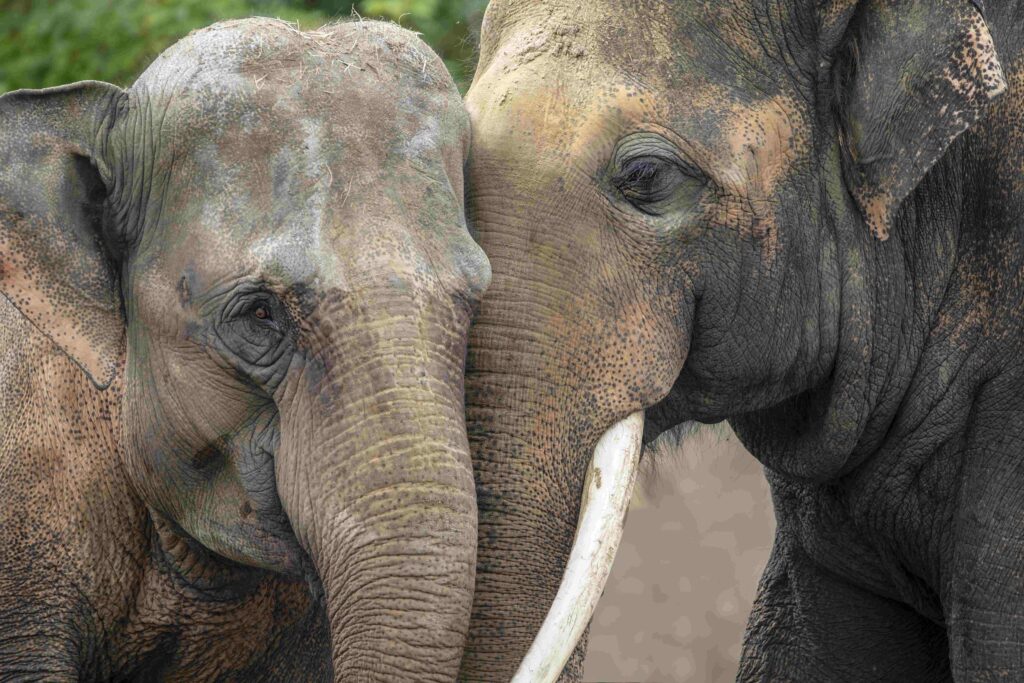
There are three elephant mud fun slots available each day and visitors may bathe with the elephants and feed the elephants as part of their experience.
The elephants love spending time in the water and mud (hence “elephant mud fun”) because it helps them to cool down. Elephants, unlike humans, don’t have any sweat glands.
However, just like us, elephants can get sunstroke or sunburn! That means elephant mud fun is an essential part of the day for each elephant as they need to stay cool.
Unfortunately, this elephant mud fun activity is not suitable for children and if your kids are over 120 cm in height (that’s 1.2 meters or 4 feet) they may attend but on the understanding that they will be treated like adults, including in the pricing structure of the tickets.
Please don’t book for kids who are not 120 cm tall as the bookings are non-refundable and the child won’t be allowed to participate.
The management also stresses that they cannot provide any form of child care if your kids aren’t able to take part with the rest of their family.
The entrance fee for each of the elephant mud fun slots is the same. Only adult ticket prices are available and they are 1,500,000 IDR each (that’s about $100 USD or $150 AUD). This reflects the fact that elephants are among the most expensive exotic animals to care for as they consume huge amounts of food each day.
This ticket price includes admission to the park, a welcome drink, a feeding activity with the elephants, the elephant mud fun activity, your lunch, a towel and insurance.
As with the other programs, there may be a discount offered on elephant mud fun depending on the season and demand.
There is also a nighttime adventure experience that they run occasionally at the park, however, it’s not possible to book this experience as we go to press in April 2024.
What To Expect
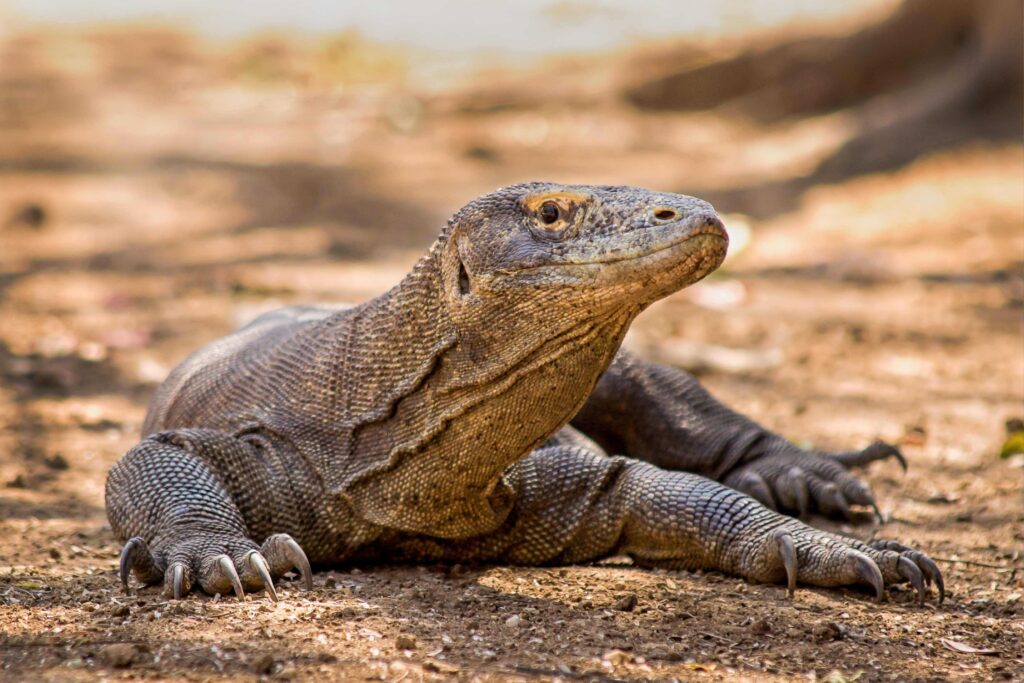
There are lots of animals, of course, including tigers, deer, lions, elephants, orangutans, crocodiles, hyenas, slow loris, komodo dragons, turtles, porcupines, lemurs, bears, meerkats, binturong, goats, chickens, iguanas, Javan langurs, bats, caracal cats, ducks, marmosets, civets, ostriches, gibbons, peacocks, pelicans, perry dogs, shetland ponies, sitatunga, snakes, sugar gliders, wallabies, wild boars and zebras!
However, you don’t just wander around and peer at the animals, there are opportunities to get more involved.
Animal Encounters
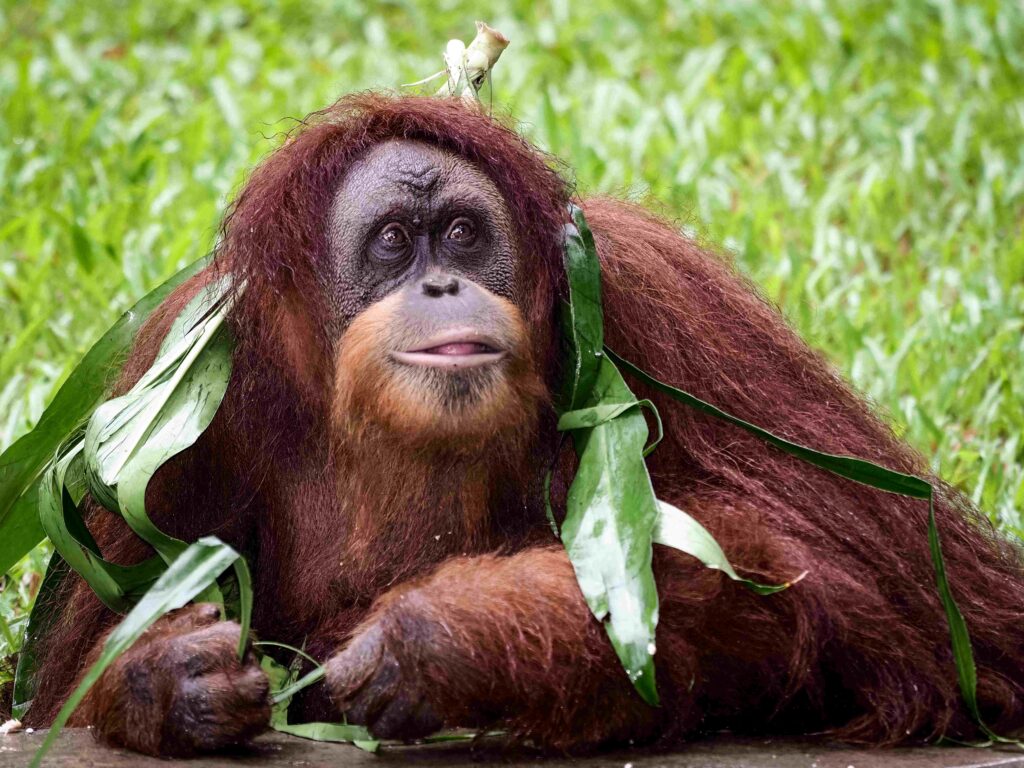
There are two encounters with animals each day. The first starts at 1 p.m. by the food village and offers you the chance to interact with a wide range of animals that have been selected by their keepers.
Kids will love this experience, and so will most adults.
You can also enjoy an encounter with an orangutan at 1.30 p.m. in the Kampung Sumatra zone.
This is a charming way to meet some of Indonesia’s most famous animals in a way that keeps both humans and orangutans safe and happy.
Animal Presentations
There are also two entertaining presentations of animals the first of which brings out some of the most fascinating creatures on the Green Stage at around noon.
Then, later on, there’s a presentation of birds on the Kampung Sumatra Stage at 3 p.m.
Feed The Animals
There are also regular animal feeding sessions throughout the day where you may be able to feed the animals (with the support of the team working in the park).
There is a cost associated with feeding the animals and this isn’t included in your ticket price. You can find the latest feeding info here.
Recent Successes Of Bali Zoo
Every animal attraction in the world has some claims regarding their conservation efforts but not all of them are clear about the outcomes of these programs.
However, here are a few of the big successes here in Bali, where the park is very open about what’s happening for the animals in its care.
Gibbon Into The Wild
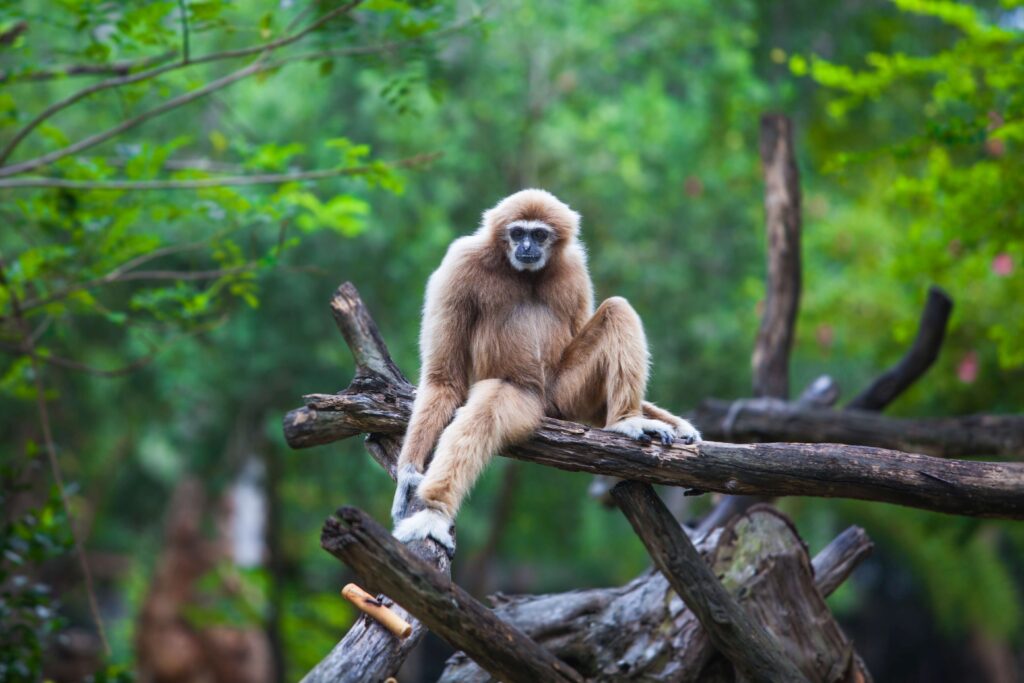
Bali Zoo is involved in many different conservation programs and one of their recent successes saw the live birth of a silvery gibbon, named Boris, in the zoo.
Boris was then sent from Bali to West Java to spend some time with the Aspinall Foundation where he is being reconditioned to live in the jungle.
He was to learn how to fend for himself and was provided with support, medical checkups and a semi-secure environment to learn the skills he needed to venture out into the wild and start a family of his own.
This was fairly easy as he was also provided with a mate, Inge, from a different conservation program and they were socialized together with the expectation that if went well, they would be released together.
Things progressed as hoped and the happy couple have been living free for almost three years now.
Chainsaw Buy Back

A major problem facing the animals of Indonesia is logging. As you may be aware parts of Indonesia have incredible swathes of jungle and forests but sadly, there’s a big incentive for local people to cut down the trees and sell the wood.
This is entirely understandable when you understand that these people are usually incredibly poor and unable to find another living.
Since 2019, however, Bali Zoo in conjunction with ASRI (a sustainable nature organization) has been operating a chainsaw buyback program.
The theory is simple, the charity buys the chainsaw for the logger and offers help and advice so that the logger may use the money to create a more sustainable income.
It’s this kind of highly practical help that can make a large difference in the future of the animals of Indonesia.
You can’t save the elephants, deer, tigers, etc. without first attending to the needs of the people who are dependent on them for making their livings.
Live Births
One obvious sign that the conservation programs at this zoo are working and that the animals are, generally, happy is that there are live births taking place at the zoo.
Recently there’s been a baby orangutan, Gandhi, birthed to Dara & Septo. Gandhi is a little boy.
Terry, the elephant, gave birth to a calf called Lanang and proud Siamang parents, Cucok and Olas, gave birth to Baba.
Is Visiting Bali Zoo Ethical?
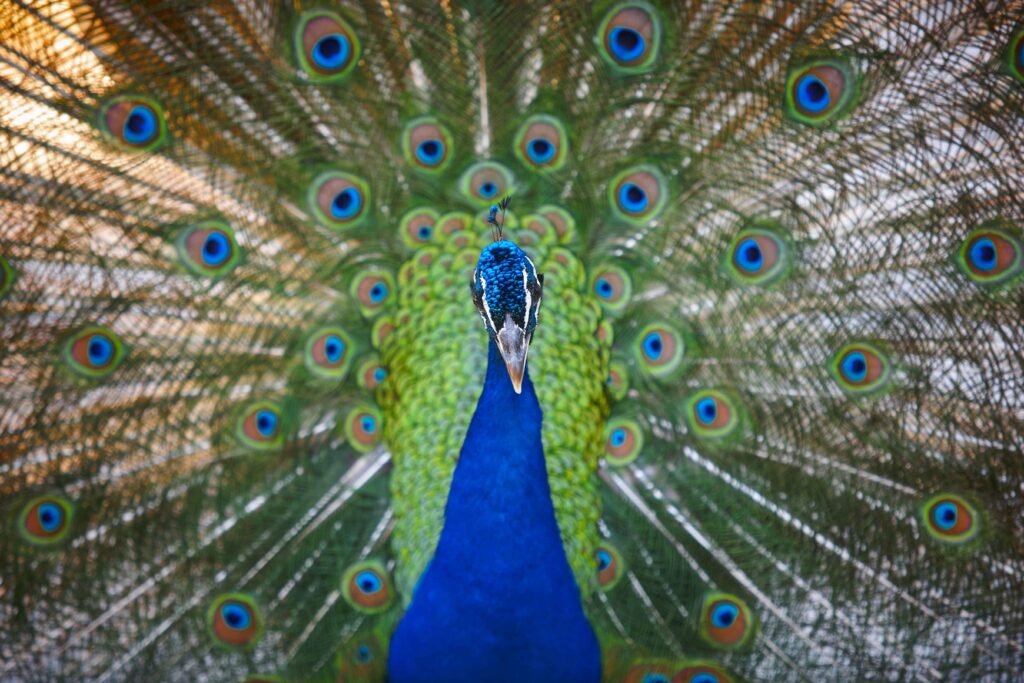
Ethics is a complicated subject area and as a beach club, it’s not our purview to dictate ethical positions to anyone. Only you can decide if you want to visit an attraction or not and whether it fits your ethical code.
We would offer, however, the important points that conservation efforts in Bali and Indonesia as a whole are few and far between and they are often poorly funded.
It’s not fair or useful to the creatures in their care to hold every establishment to Western standards and, in fact, closing down a park often results in the creatures being shipped off to similar places.
The best way to improve the lot of animals in this part of the world is to participate in unique experiences and spend money on these programs. Mainly, they are run by well-meaning people who want to do their best for the creatures in their care.
It’s also important to note that in the case of Bali Zoo, in particular, visitors, including ourselves, normally come away with a very positive impression of the level of care provided to all the animals
Other Attractions Nearby
Setia Darma House of Masks And Puppets
This charming museum showcases masks and puppets from around Indonesia and the rest of the world. They have the finest collection of Balinese masks anywhere on Earth and the seven pavilions here are very attractive.
One big selling point for this place is that it’s completely free to enter. The whole thing is a labour of love from its founder and you simply can’t fail to have fun here. Kids will love all the “funny faces” too.
Beji Guwang Hidden Canyon
It’s not as hidden as the name suggests but this is a cool place where you can follow the river through the canyon it has carved through the rock and there are opportunities for climbing, swimming, swinging and more.
Pura Puseh Batuan (Batuan Temple)
This attractive village shrine centred around the Tri Murti spiritual concept of the island is very attractive and makes for some excellent family photo opportunities as well as a chance to learn a little about the Hindu faith that is prevalent here.
Dewa Putu Toris
This is an artist’s studio which is also a traditional Balinese house and it’s a fascinating place that takes you on a tour of all the different styles of Balinese painting.
Celuk Village
This is a traditional Balinese village famous for silversmiths and goldsmiths. They produce some of the finest items of their kind in Bali and nearly every family works as a professional smith in some way.
Ketwel Beach
This black sand beach isn’t all that popular with tourists as the rough waves make it hard to swim but it can be a real boon to surfers.
It’s fine for sunbathing though and one of the more authentically Balinese beach experiences you can have here.
Where To Stay In The Area
There are some great resorts within just a few miles of the park including:
Sthala, A Tribute Portfolio Hotel – amazing views and luxury amenities in the jungle are what this hotel is all about.
Sanctoo Suites & Villas – there are 12 private villas and 14 suites to choose from in this resort in the heart of Balinese nature.
The Westin Resort & Spa, Ubud – an excellent family-friendly hotel where children are always welcome and the kids club is first rate.
The Alena Resort by Pramana – a beautifully designed resort from a local architect. This resort offers a glimpse of true Balinese culture.
Where To Eat In The Area
There are also plenty of restaurants and warungs nearby including:
Tlaga Singha – this restaurant’s big selling point is an infinity pool where you can chill after a hot day with the animals.
Central Food Village – the occasional elephant drops in for dinner at this restaurant on the edge of the park.
Shs Poison Cafe – a lovely cafe that makes a mean cup of coffee and an awesome milkshake too.
Warung Ulam Ulam – this place has an amazing view and the food and drinks are excellent (and cheap).
Does Bali Have A Zoo?
Yes. Bali has a zoo and it’s called Bali Zoo. It’s in Sukawati and it’s generally considered to be an excellent zoo offering unique experiences for a family day out.
Kids love the animals which include tigers, lions, deer, orangutan, elephants, and much more. Families can interact with the animals and see them bathe, drink, etc. and even help provide the creatures with a meal.
There are plenty of activities to enjoy and you’re guaranteed to learn something as part of the experience of the programs at the zoo.
What Is The Difference Between Bali Zoo And Bali Safari?
Bali Zoo is a zoo. However, the zoo is blurring the lines between a zoo experience and a safari park experience and the animals are kept in enclosures, mainly, rather than cages.
However, at the Bali Safari and Marine Park, the emphasis is on “safari” and you’ll find that the animals are kept in a variety of environments that are meant to simulate the creature’s natural environments.
How Long Is Needed At Bali Zoo?
A lot depends on how you want to approach your visit if you want amazing photographs of all the endangered species and exotic animals in each part of the park, you may find you need more than a day.
However, we would suggest that for most family visits, you will probably only need 3-4 hours to see all the cool creatures and after that, you may have had enough adventure for one day.
The nighttime adventure program, where you can have a guided tour of the park and enjoy a dinner with animals, also takes about 4 hours from start to finish.
It depends on the ticket, a basic adult ticket is 395K IDR and a child’s ticket is 280K IDR. However, if you want to participate in breakfast with an orangutan or elephant mud fun, you can expect to pay up to 1.5 million IDR per person.
Discounts are also regularly made available on all of these ticket offerings and you may find that it’s cheaper than you expect, particularly if you come to Bali during the off-season.
Final Thoughts On The Zoo
While we believe that the best environment for all animals is their natural environment, we also recognize the important work that zoos do and here in Bali, you have a chance to enjoy a family day out that makes an important difference in the lives of the animals you will see.
It’s a great place to see tigers, lions, elephants, deer, etc. and to pet or feed the occasional interesting creature. We think it’s a lot of fun and a valuable way to spend a day out.
Of course, if you’re looking for another fun family day out, you can always visit FINNS Beach Club, the world’s best beach club. It’s the ultimate good time by the sea.

